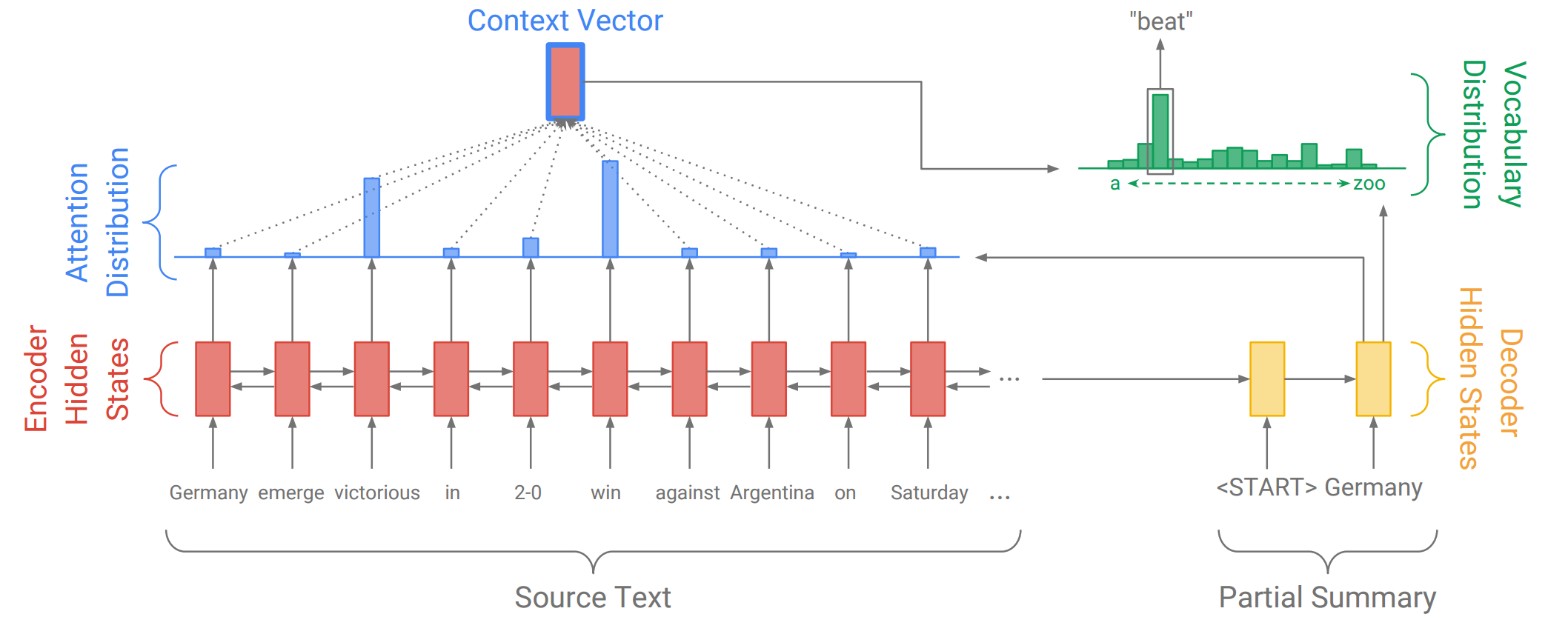Machine translation is a sub-field of computational linguistics that investigates the use of software to translate text or speech from one language to another. On a basic level, it performs simple substitution of words in one language for words in another, but that alone usually cannot produce a good translation of a text because recognition of whole phrases and their closest counterparts in the target language is needed. Solving this problem with corpus statistical, and neural techniques is a rapidly growing field that is leading to better translations, handling differences in linguistic typology, translation of idioms, and the isolation of anomalies.
A deep learning based approach to MT, Neural Machine Translation has made rapid progress in recent years. Translator is a Machine Translation Autoencoder built using Seq2Seq Recurrent Nets (LSTM, GRU) with Attention in PyTorch.
You can download compiled and selected translated sentence pairs from ManyThings.org or directly from Tatoeba into data/ directory for training and testing.
In order to train the model and start translating, you'll need to install the required python packages:
pip install -r requirements.txt
Now you can open up a terminal and start training the model, tweak your model configuration however you like:
python train.py --epochs 20 --batch-size 64 --lr 0.001 --num-layers 2 --hidden-size 512
Once you're done training, run the evaluation script which will load the pretrained models you provide in the models/[model_name] directory:
python evaluate.py --num-tests 30 --model-name lstm_2_bi_sgd
Now you are all set up!
Translations from German to English
Input: ich bin sehr dankbar fur ihre hilfe .
Target: i m very grateful for your help .
Predicted: i m very grateful for your help . <EOS>
Input: ich werde dich zu tom bringen .
Target: i m going to take you to tom .
Predicted: i m going to get tom to you . <EOS>
Input: du bist neu hier oder ?
Target: you re new here aren t you ?
Predicted: you re new here aren t you ? <EOS>
Input: wir sitzen in der falle !
Target: we re trapped !
Predicted: we re in the the water . <EOS>
Input: sie ist sehr gelenkig .
Target: she s double jointed .
Predicted: she s very beautiful . <EOS>
Input: ich werde ihre kochkunste vermissen .
Target: i m going to miss your cooking .
Predicted: i m going to miss your cooking . <EOS>
Input: ich freue mich darauf dich in deinem hochzeitskleid zu sehen .
Target: i m looking forward to seeing you in your wedding dress .
Predicted: i m looking forward to seeing you in this . <EOS>
Input: ich bin zu einer sitzung hier .
Target: i m here for a meeting .
Predicted: i m here to your party . <EOS>
Input: du bist furchtlos .
Target: you re fearless .
Predicted: you re fair . <EOS>
Translations from French to English
Input: elle est habituee a vivre seule .
Target: she is used to living alone .
Predicted: she is used to living alone . <EOS>
Input: je suis sur que tes intentions etaient bonnes .
Target: i m sure your intentions were good .
Predicted: i am sure your intentions were good . <EOS>
Input: nous sommes attaquees .
Target: we re under attack .
Predicted: we re starved . <EOS>
Input: je ne suis pas laide .
Target: i m not ugly .
Predicted: i m not angry . <EOS>
Input: nous sommes juste fatigues .
Target: we re just tired .
Predicted: we re just bored . <EOS>
Input: nous nous rapprochons .
Target: we re getting closer .
Predicted: we re deluding . <EOS>
Input: elle n a pas peur des serpents .
Target: she isn t afraid of snakes .
Predicted: she is not afraid of snakes . <EOS>
Input: c est deja un homme .
Target: he s already a man .
Predicted: he is a man . <EOS>
Input: je me rejouis de vous avoir finalement rencontre .
Target: i m glad to finally meet you .
Predicted: i m glad to finally meet you . <EOS>
Input: je suis la pour te proteger .
Target: i m here to protect you .
Predicted: i m here to protect you . <EOS>
Input: il est toujours en train de se plaindre .
Target: he is constantly complaining .
Predicted: he is always dreaming . <EOS>
Input: ce ne sont pas mes regles .
Target: they re not my rules .
Predicted: they re not my . <EOS>
Input: je suis desireux de t aider .
Target: i am willing to help you .
Predicted: i am willing to help you . <EOS>
Input: je suis content de ne pas etre tom .
Target: i m glad i m not tom .
Predicted: i m happy i not tom . <EOS>
Input: vous etes la doyenne .
Target: you re the oldest .
Predicted: you re the oldest . <EOS>
Input: vous etes trop jeunes pour voyager seuls .
Target: you are too young to travel alone .
Predicted: you re too young to travel alone . <EOS>
Input: je suis tres desorientee .
Target: i m all confused .
Predicted: i m very lonely . <EOS>
Input: je suis ton jules n est ce pas ?
Target: i m your boyfriend aren t i ?
Predicted: i m the one aren t i ? <EOS>
- Decoder Attention
- Beam Search Decoding
- GloVe Word Embeddings
- Effective Approaches to Attention-based Neural Machine Translation
- Learning Phrase Representations using RNN Encoder-Decoder for Statistical Machine Translation
- Sequence to Sequence Learning with Neural Networks
- Python
- PyTorch
This project is distributed under the MIT License, see LICENSE for more information.
